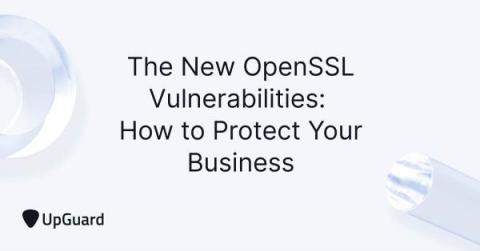What Is an Identity Breach? Recognizing Early Signs & Types
An identity breach is an identity-based impersonation attack in which a hacker exploits vulnerabilities to obtain PII (personally identifiable information), contact information, credit card numbers, and important credentials like passwords and usernames to commit identity theft, identity fraud, or other cybercrimes without the victim’s knowledge. Using stolen information from a data breach, cybercriminals may attempt to steal classified information or money from the victim.











